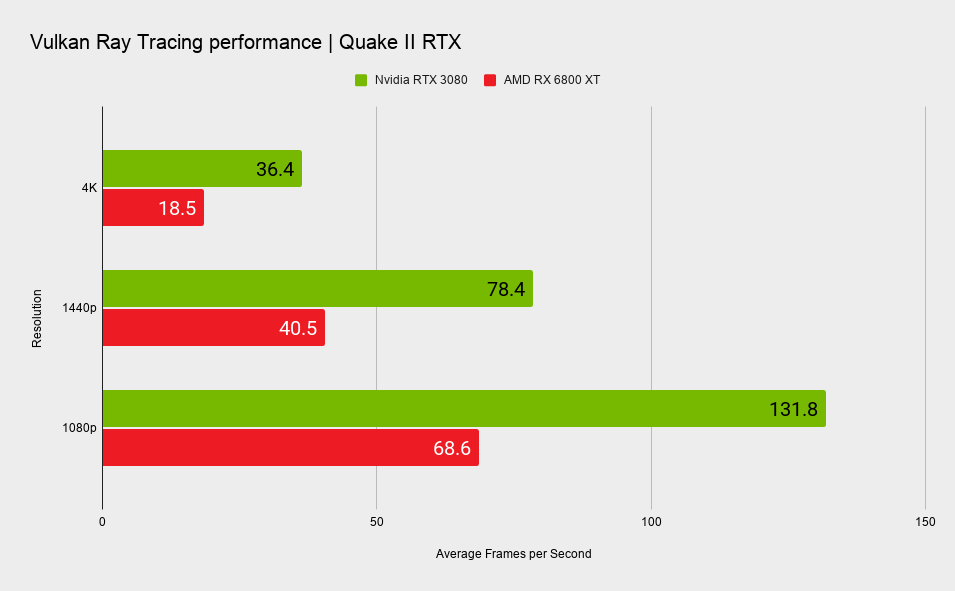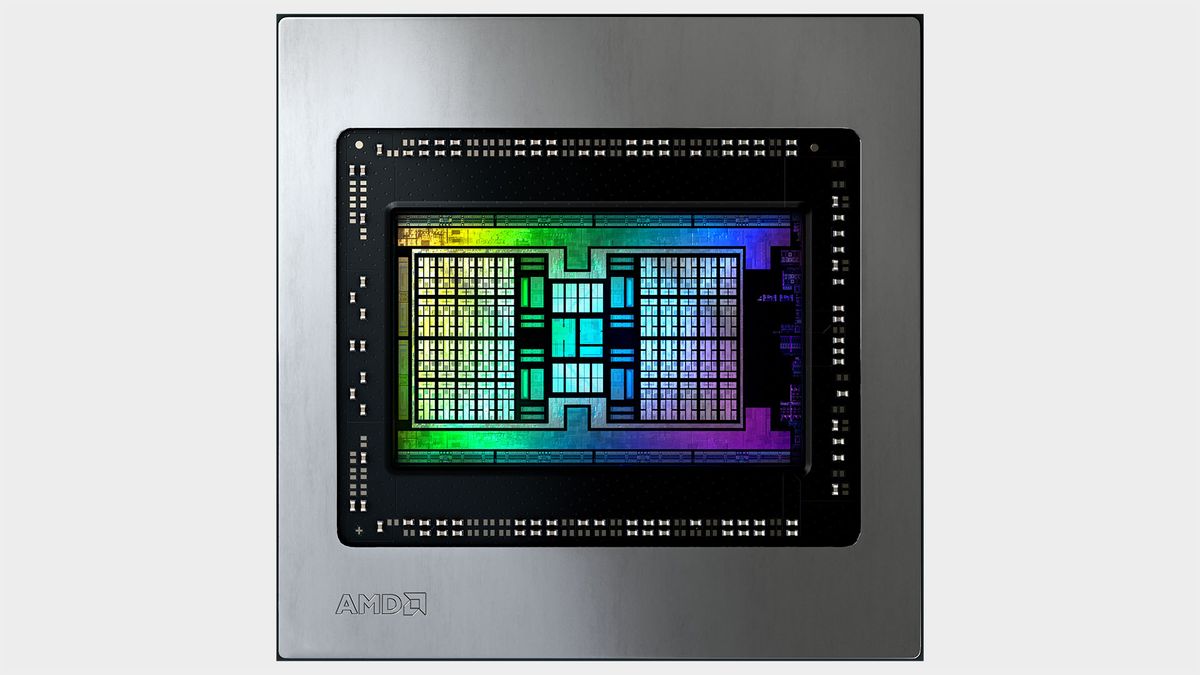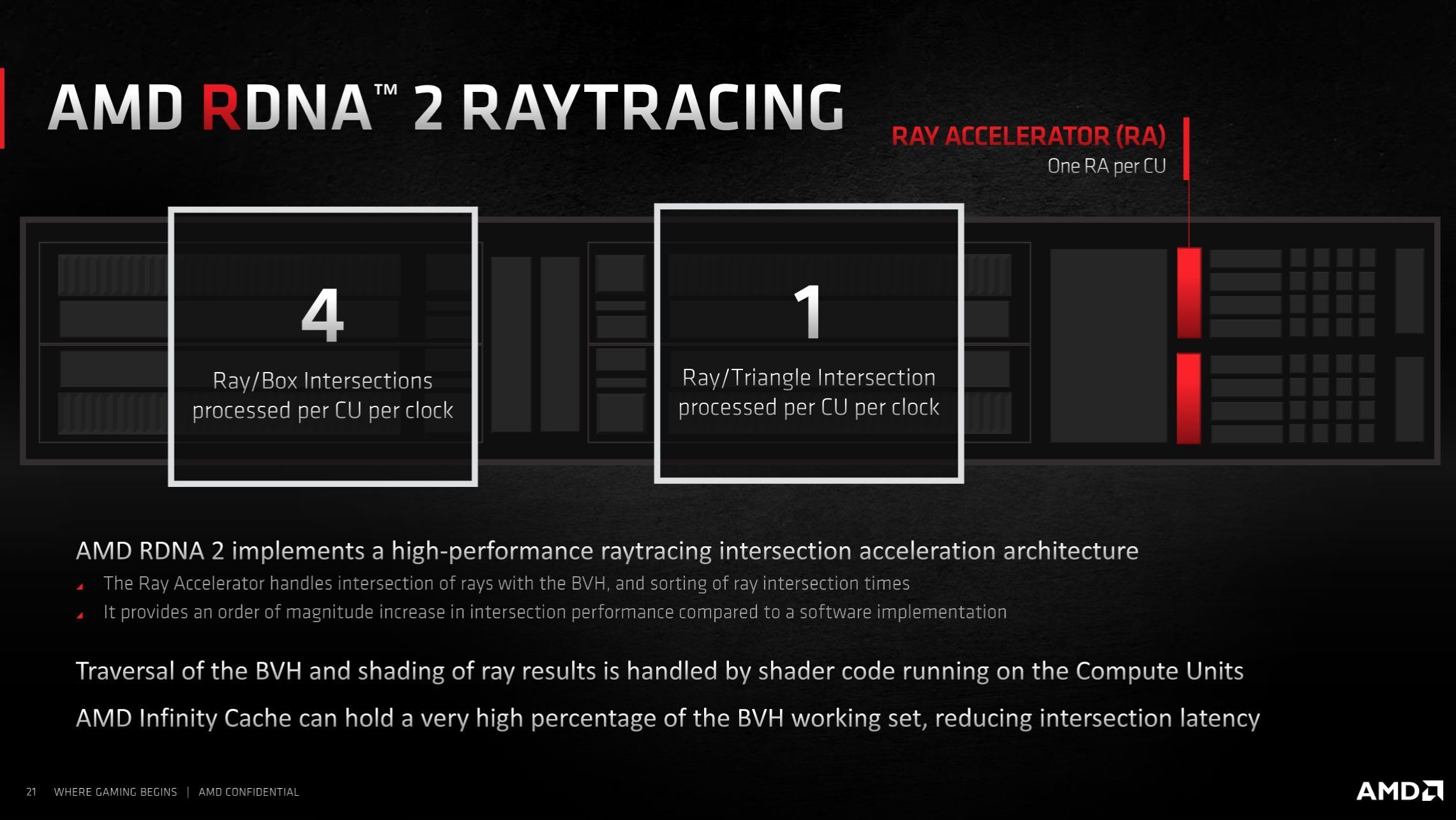This update has provided a large performance increase on my 3080 when using the Vulkan extensions instead of Nvidia's and/or using the new TAAU (probably mainly the latter?). Latest gen AMD GPU users should be able to play it now, although the Steam overlay may be causing them problems?
Source
Hey, everyone! Today we're releasing v1.4.0, featuring added support for final Vulkan Ray Tracing API, and enabling dynamic selection between the pre-existing NVIDIA VKRay and the new Khronos extension backends.
New Features:
- Added support for final Vulkan Ray Tracing API. The game can now run on any GPU supporting `VK_KHR_ray_tracing_pipeline` extension
- Added temporal upscaling, or TAAU, for improved image quality at lower resolution scales.
Fixed Issues:
- Fixed a crash that happened when there are no available sound devices.
- Fixed a few issues with the tone mapper and the profiler for AMD GPU compatibility.
- Fixed a server crash: https://github.com/NVIDIA/Q2RTX/issues/86
- Fixed black materials and some light leaks: https://github.com/NVIDIA/Q2RTX/issues/55
- Fixed missing railgun lights in photo mode: https://github.com/NVIDIA/Q2RTX/issues/75
- Fixed missing sun light on geometry with invalid clusters.
- Fixed the CFLAGS for MinSizeRel and RelWithDebInfo builds to generate correct debug symbols.
- Fixed the game stuttering on Linux: https://github.com/NVIDIA/Q2RTX/issues/62
- Fixed the issue with all models being missing or corrupted on some maps during network play.
- Fixed the nearest filter when DRS was enabled and then disabled.
- Fixed building the game with GCC10 on Linux: https://github.com/NVIDIA/Q2RTX/issues/80
Denoiser Improvements:
- Implemented a new gradient estimation algorithm that makes the image more stable in reflections and refractions.
- Implemented sampling across checkerboard fields in the temporal filter to reduce blurring.
- Improved motion vectors for multiple refraction, in particular when thick glass is enabled.
- Improved the temporal filter to avoid smearing on surfaces that appear at small glancing angles, e.g. on the floor when going up the stairs.
- Improved the temporal filter to make lighting more stable on high-detail surfaces.
Misc Improvements:
- Added git branch name to the game version info.
- Improved the console log to get more information in case of game crashes.
- Increased precision of printed FPS when running timedemos.
- Reduced the amount of stutter that happened when new geometry is loaded, like on weapon pickup.
- Replaced the Vulkan headers stored in the repository with a submodule pointing to https://github.com/KhronosGroup/Vulkan-Headers
- Static resolution scale can now be set to as low as 25%.
- Vulkan validation layer can now be enabled through the `vk_validation` cvar.
- Updated SDL2 version to changeset 13784.
Source







